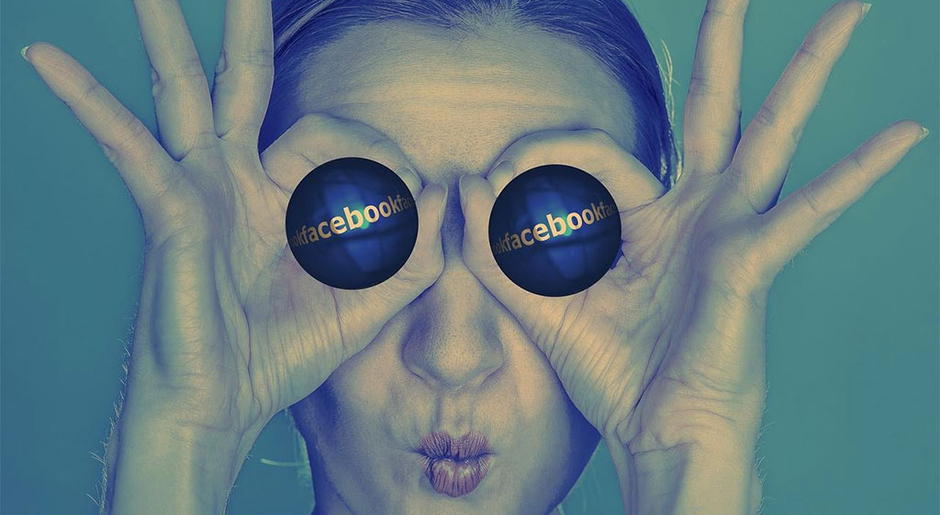
In the movie The Social Network, the young Mark Zuckerberg pushes back against his Harvard roommate and business partner’s plan to sell ads on their fledgling but popular web site, The Facebook.
“We don’t know what it is,” Zuckerberg argues. “We don’t know what it can be. We don’t know what it will be. We know that it is cool, and that is a priceless asset I’m not giving up.”
That jealous guarding of cultural relevance remains today. At least that’s the charitable way to view the News Feed algorithm changes that have turned online marketing on its head. Here’s the key part from Facebook’s December announcement:
Our surveys show that on average people prefer links to high quality articles
about current events, their favorite sports team or shared interests, to the latest
meme. Starting soon, we’ll be doing a better job of distinguishing between a high
quality article on a website versus a meme photo hosted somewhere other than
Facebook when people click on those stories on mobile. This means that high quality
articles you or others read may show up a bit more prominently in your News Feed,
and meme photos may show up a bit less prominently.
You can read a detailed analysis of the impact on pages at the Moz blog. The upshot for online marketing is that users will see fewer posts from the pages that they’ve “liked,” those of businesses, organizations, bands, etc. Facebook is quite deliberately limiting the reach of those posts to small percentages of the pages’ fans — unless the owners of those pages pay for greater reach.
Is Facebook genuinely concerned with the quality of the user experience? Or just trying to capitalize on the fact that millions of organizations and companies, large and small, have come to rely on Facebook in some measure for online marketing? Yes and yes.
This didn’t come out of nowhere. Facebook issued similar advisories last August. In late 2012 AdAge reported that a study of anecdotal reports of decreased reach confirmed a 38-percent drop. A content marketing consultant we know, who manages pages for a few small nonprofits, says he first noticed a decline in the summer of 2012 — soon after the introduction of the “Boost Post” option, which allows the page admin to pay for greater reach. (And this came on the heels of Facebook’s wildly hyped IPO.)
This consultant adds that he did pay a couple of times — $10 to $15 a pop to boost views by factors of 10 or more over average organic (unpaid) views. Not a bad deal. But then the decline in organic reach seemed to accelerate, and he was left to wonder whether Facebook was playing him: He paid once, if we squeeze harder he’ll pay again.
That can’t be proven. But after initially denying that selling ads was a factor in ongoing News Feed tweaks, Facebook essentially admitted it in a sales presentation obtained by AdAge:
The three-page document also contains a section that repositions how marketers
should think about fan acquisition: as a tool for making paid advertising more effective.
… The fact that less and less of brands’ content will surface [in news feeds] is described
as a result of increased competition for limited space, since “content that is eligible to be
shown in news feed is increasing at a faster rate than people’s ability to consume it.”
You can see Facebook’s dilemma. Think of the news feed as a reverse search engine — users control what goes into the data base, but not what comes out. But everyone wants to see timely status updates from friends, not “friends.” We want links relevant to our interests, not from pages we liked five years ago and have long since forgotten about. (Drill into your own profile sometime, and count how many pages you can’t even remember adding.) Using an unfiltered Facebook would be like drinking from the proverbial fire hose, and that’s not how a company maintains its status as the largest social media platform in the world.
The blog Buffer has a list of suggestions for adapting to the changes. We offer one: Provide useful, compelling content. Facebook uses multiple factors to determine what users want to see, and recent and repeated interactions seem to carry a lot of weight. If a fan clicked on your last post, it’s more likely he or she will see your next one, and so on. So you gotta give people reasons to click. Transparent sales pitches won’t cut it.
“When it comes to generating engagement, it’s all on the advertiser, not the platform,” writes Matt Owen at Econsultacy. “Simply shouting at a customer isn’t any good. Displaying boring or unhelpful content doesn’t work either. You either engage your users or you don’t, and whether that’s done through paid ads or organic content simply doesn’t matter. It requires a sustained human touch to interact with the audience.”
We’ll talk more in future posts about what works on social media.



